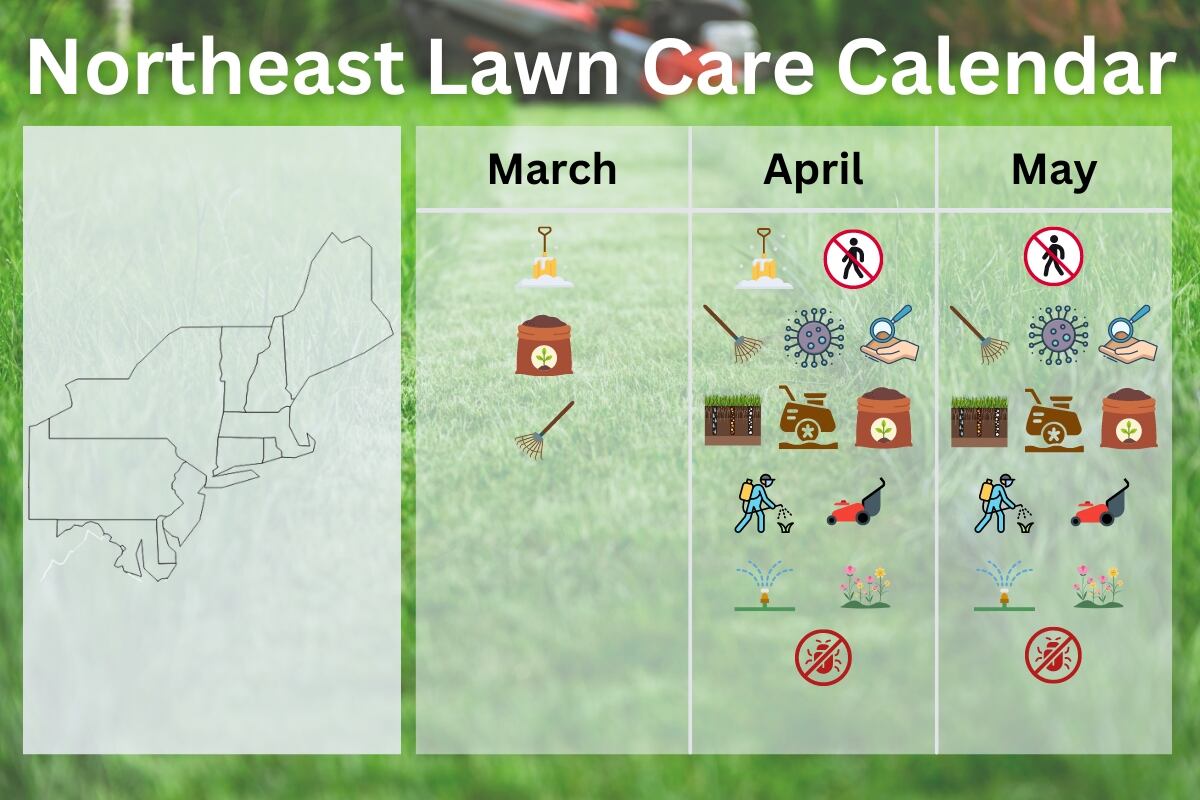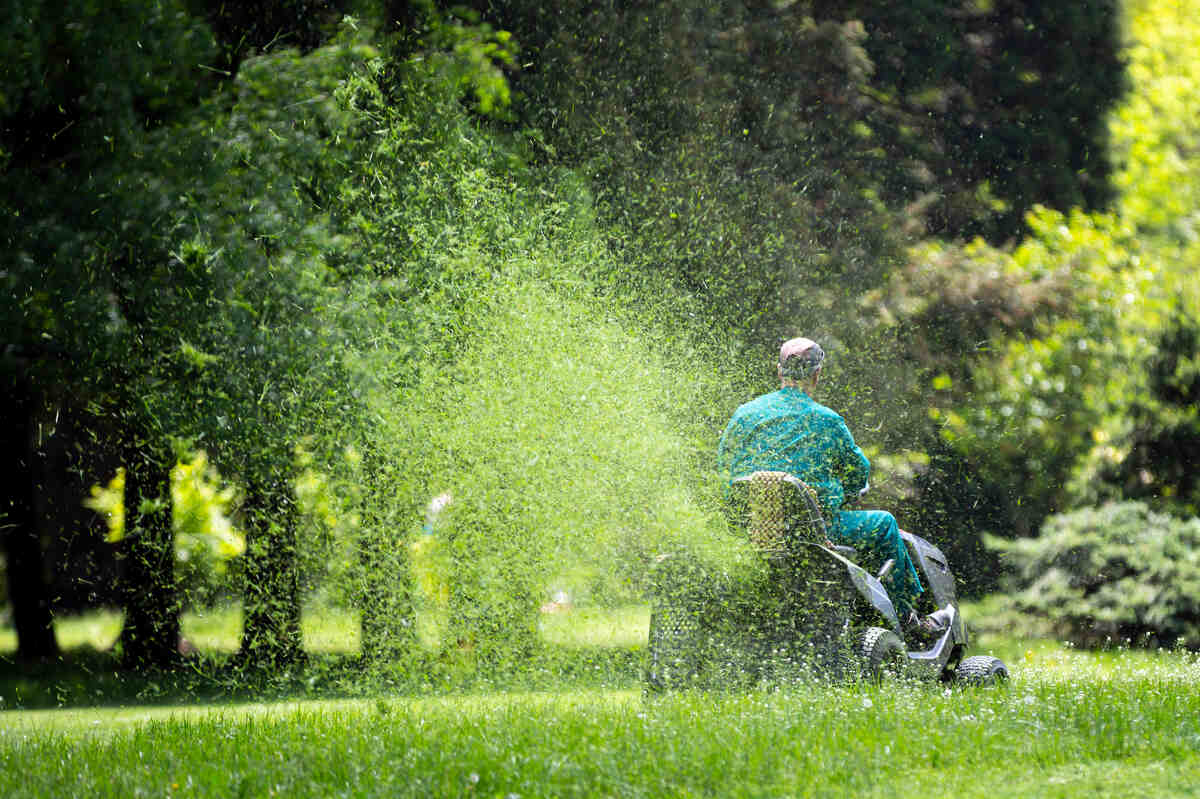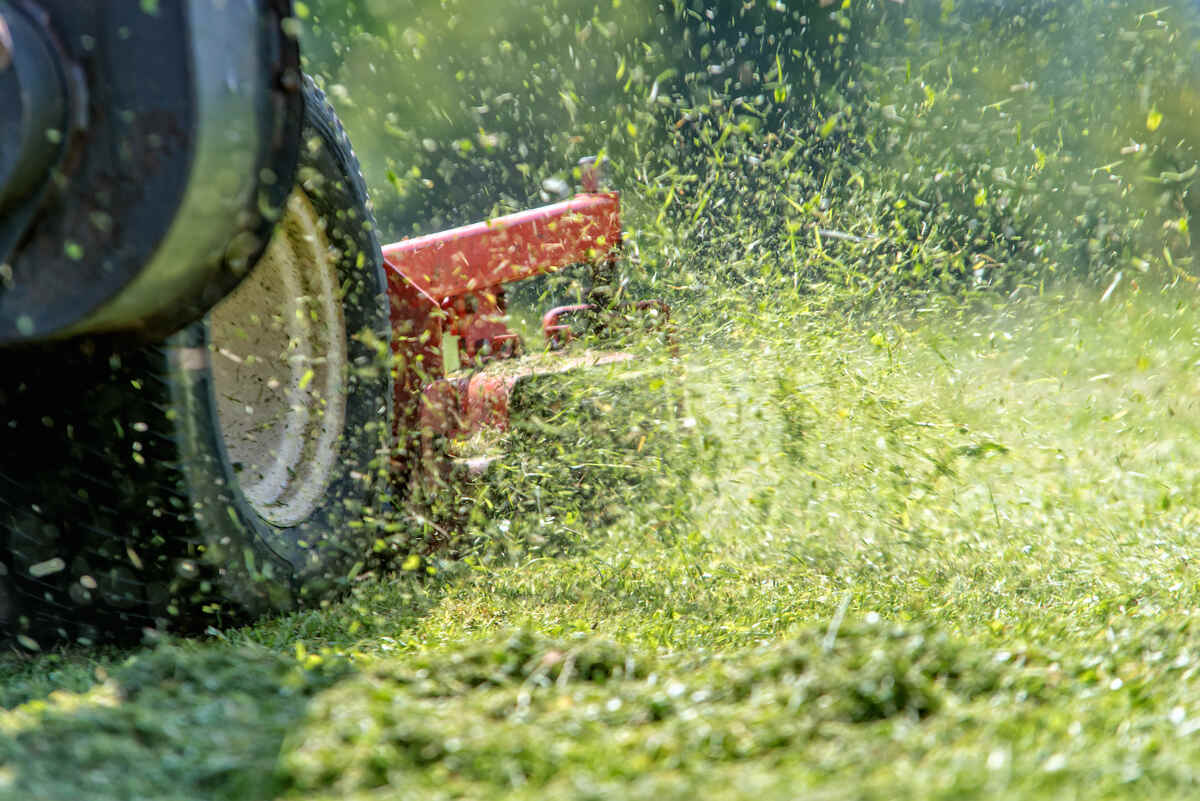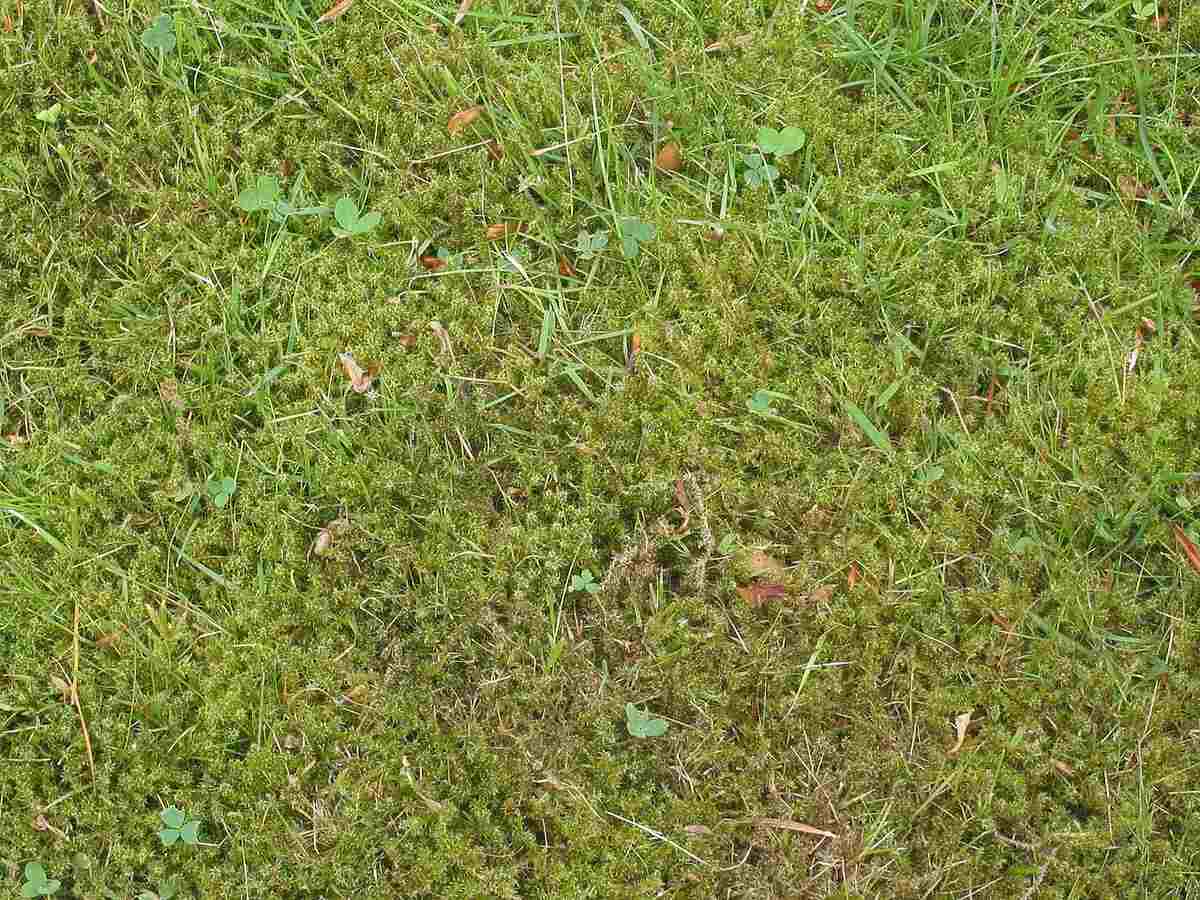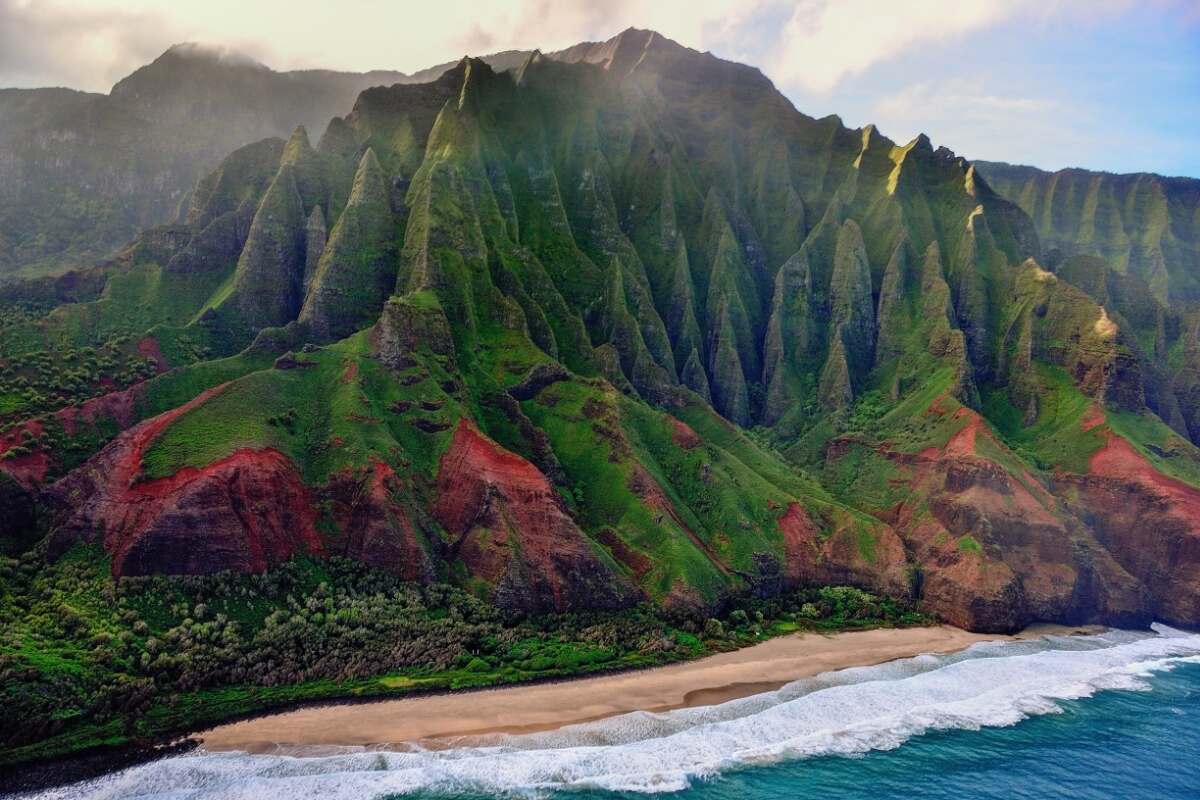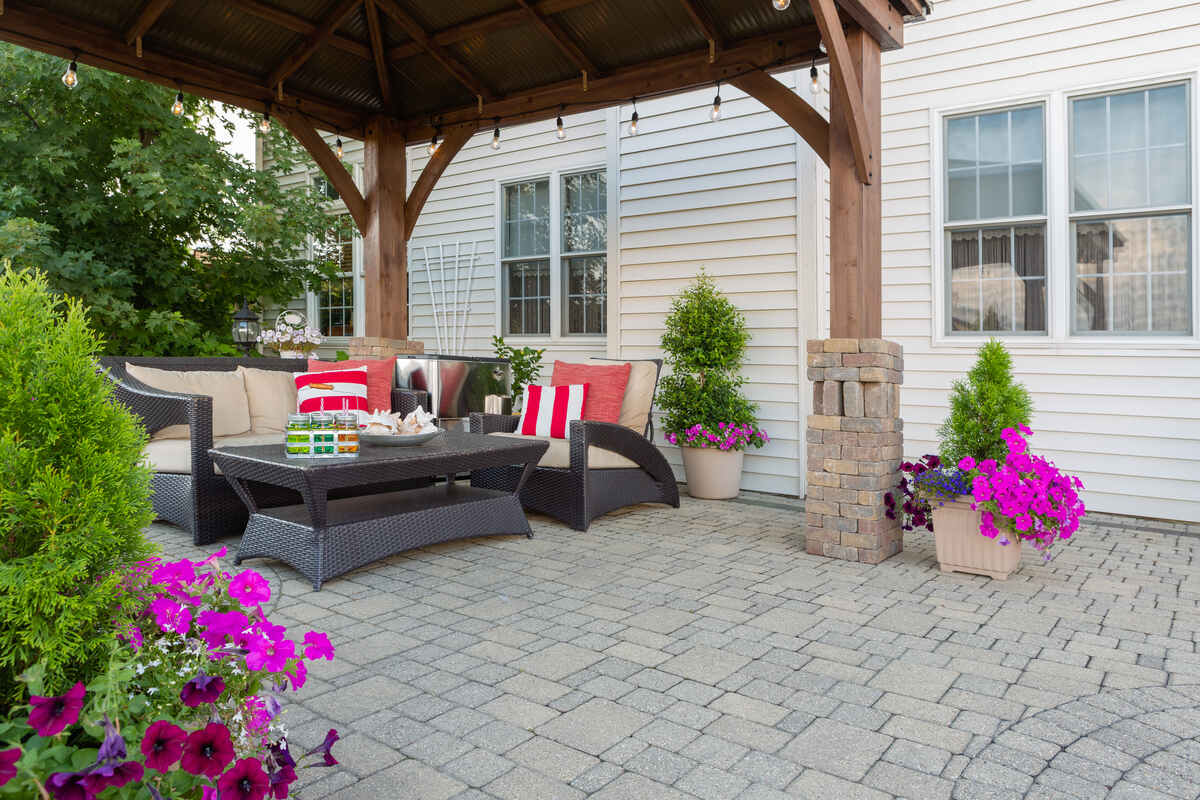
Growing and maintaining a healthy lawn is no easy feat, as not everyone enjoys mowing the lawn after a tiring work week. For a hassle-free, Instagram-worthy lawn, you can turn to no-mow grass alternatives.
We’ve consulted an expert to simplify your options. From ground covers and moss to mulching and hardscaping, these lawn alternatives can help you achieve a beautiful lawn without spending a lot of time and effort.
10 Best No-Mow Grass Alternatives
The University of Missouri estimates that each weekend, around 54 million Americans mow their lawns, with the average homeowner spending approximately 70 hours each year to take care of their lawn. That’s almost 3 days in a year you could’ve spent on something more enjoyable.
Whether you choose to have a creeping thyme lawn, clover lawn, or other types of low-maintenance alternatives to traditional grass, you won’t need to do any mowing at all. By not using a lawn mower, you can save on equipment and reduce your carbon footprint.
“Many factors that influence this decision include the individual homeowner’s personal preference, goals, soil type, HOA limitations, climate, environmental conditions, capacity for physical labor, and much more,” says Allison Kosto, extension agent and associate professor at Montana State University.
Here are the best low-maintenance options to choose from:
1. Ground Covers
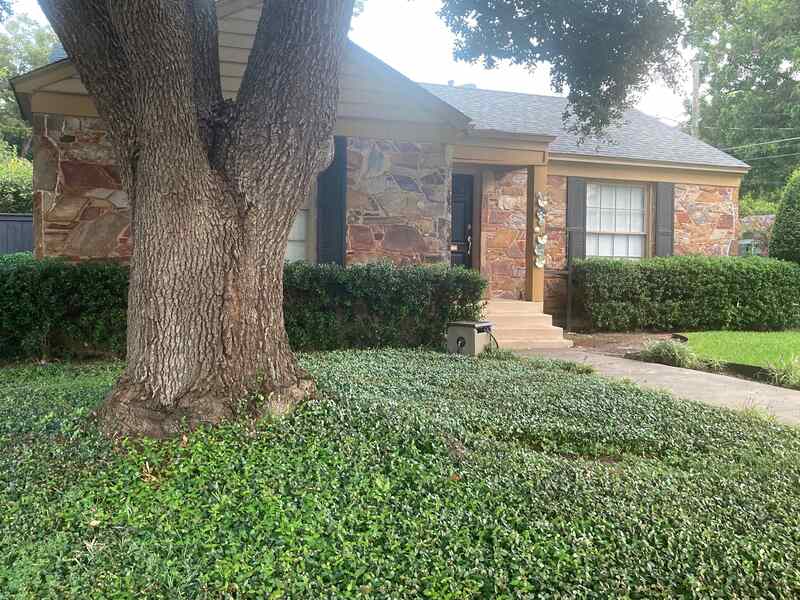
According to Kosto, “People are starting to recognize that traditional lawns are high-input and high-labor and are looking at other options.” If you replace your lawn with low-maintenance ground cover plants, it’ll be better for the environment since you won’t be using fertilizers and pesticides.
Dense, low-growing plants like creeping thyme, lamb’s ear, clover, and creeping Jenny can spread easily across your yard. They’re often soft underfoot, fill in gaps quickly, and can even outcompete weeds.
Best Uses: Work best in small urban gardens, shady spots, on slopes, along pathways, and between stepping stones
| Pros | Cons |
| ✓ Soft and lush underfoot ✓ Low maintenance once established ✓ Most are drought-tolerant and pollinator-friendly | ✗ May not handle heavy foot traffic ✗ Some spread aggressively and need to be managed |
Note: If you’re hesitating to transition your lawn to a microclover lawn or other grass alternative, you can always consult a local landscaping pro to help you choose.
See Related:
2. Wildflowers
Kosto shares that another benefit of grass alternatives like wildflowers is that they could improve pollinator and wildlife habitat.
So, if you want to turn your yard into a mini meadow full of colorful flowers, butterflies, and buzzing bees, wildflowers are your best choice. They’re beautiful, natural, and require very little upkeep.
Best Uses: Perfect for homeowners who want a wildlife-friendly yard with colorful blooms, wildflowers work well in open, sunny spaces
| Pros | Cons |
| ✓ Low water and maintenance needs ✓ Attracts pollinators and beneficial insects ✓ Beautiful and ever-changing through seasons | ✗ Can look “messy” if not well-managed ✗ Not suitable for areas where kids or pets frequently play |
3. Native Plants
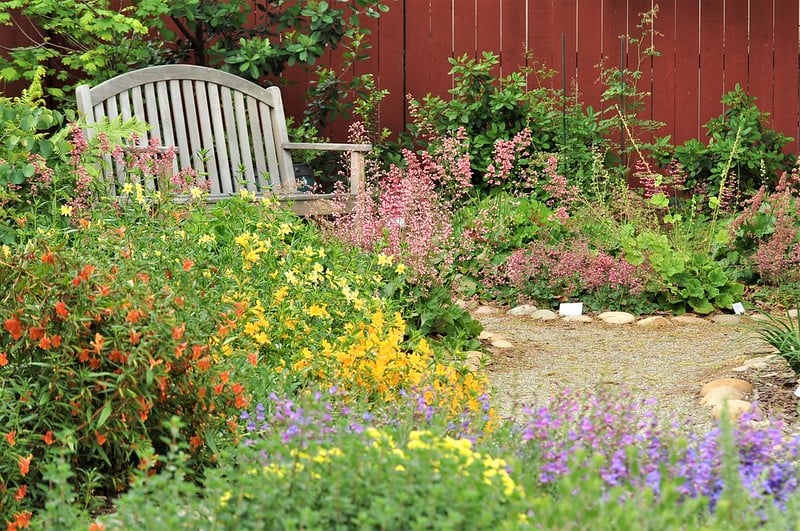
Homeowners who want a sustainable landscape that supports biodiversity should choose native plants over traditional lawns. Native plants thrive with minimal effort because they’ve already adapted to a region’s climate and soil. They create a habitat for birds, bees, and butterflies. Once established, native plants typically don’t need much water or care.
Best Uses: Ideal for large garden beds, border areas, or as part of a lawn-free landscape
| Pros | Cons |
| ✓ Resilient in native climates ✓ Extremely low-maintenance ✓ Supports ecosystems, providing food and habitat for native species | ✗ Doesn’t always look tidy ✗ Selection of local plants varies depending on location |
4. Low-Mow/No-Mow Grasses
If you still want the traditional green look for your lawn, but dread the upkeep involved, grasses like buffalograss or fine fescue can be a good low-mow option. Some of these grow slowly or only reach a certain height, rarely needing mowing (i.e., buffalograss may only require mowing once a year and fine fescues at least twice a year).
For a no-mow option that’s less demanding than turfgrass, artificial turf can give you a beautiful, green lawn year-round. But you’ll still need to clean it regularly. You’ll want to wash away dirt and dust at least twice a month and use liquid sprays to remove bacteria and odor, especially if you have pets. You’ll also need to remove any debris, like leaves and twigs.
Best Uses: For sunny areas where a traditional grass lawn would normally go
| Pros | Cons |
| ✓ Low to no mowing required ✓ Still provides that “lawn” look ✓ Drought-tolerant options available | ✗ Can be pricey to install ✗ Artificial turf retains heat and offers no wildlife benefit |
5. Ornamental Grasses

For height and a soft, flowing look, ornamental grasses like fountain grass and blue fescue can add movement, texture, and interest to your landscape throughout the year. You can also plant ornamental native grasses like little bluestem, which are easy to maintain.
Most of these grasses are hardy, pest-resistant, and can thrive even in poor soil. Plus, they only need minimal watering and no mowing at all.
Best Uses: As a lawn replacement in large landscape beds or as a focal point in landscape designs
| Pros | Cons |
| ✓ No mowing, fertilizing, or fuss ✓ Many are drought-tolerant grasses ✓ Visually striking and dynamic in the wind | ✗ Can be invasive ✗ Not suitable for foot traffic ✗ Some require cutting back annually |
See Related: How to Care for Ornamental Grass
6. Moss
A lush, velvety lawn alternative, moss thrives in shade and moisture-rich environments. It doesn’t need mowing, fertilizing, or even much water. Plus, it gives your yard a peaceful, woodland feel. The only caveat is that moss is not ideal for high-traffic areas.
Best Uses: Great for shady areas where grass struggles to grow, around trees, along shady paths, or in woodland gardens
| Pros | Cons |
| ✓ Great for shady, damp areas ✓ No mowing, watering, or fertilizing ✓ Soft, green, and carpet-like effect year-round | ✗ Doesn’t tolerate sun or dryness ✗ Can take time to establish and spread |
7. Mulches

While not a plant, mulch is a no-mow solution for covering bare ground. It’s perfect for low-water and low-maintenance areas. Wood bark or chips suppress weeds, hold moisture, and improve soil as they break down. If you want a colorful mulch, rubber and recycled tumbled glass provide a clean, modern look while requiring minimal maintenance.
Best Uses: Depending on the type of mulch, it can work well in garden paths, around trees, or between garden beds where you don’t need greenery.
| Pros | Cons |
| ✓ Enhances soil (if an organic mulch) ✓ Easy to install and maintain ✓ Stops weeds and conserves water | ✗ Doesn’t provide a “green” look ✗ Needs to be replenished periodically (organic mulches) |
8. Xeriscaping
According to Kosto, the biggest benefit of lawn alternatives like xeriscaping is the reduced water usage. “Water is a precious commodity, so lower water usage is important. On a municipal system, this could translate to money savings.”
So if you live in a dry or arid region where water conservation is important, xeriscaping may be the answer to your lawn problems. This eco-friendly grass alternative focuses on efficient water use and drought-tolerant plants. By combining rocks, mulch, and native or adapted plants, you can create a beautiful, sustainable yard.
Best Uses: Works well in front yards, slopes, or any space you want to make both eco-friendly and eye-catching
| Pros | Cons |
| ✓ Very low water use ✓ Doesn’t require mowing ✓ Highly customizable and unique | ✗ Initial design and installation can be time-consuming and expensive ✗ Design is too “desert-like” if not softened with xeriscaping plants |
9. Sedges

Eco-conscious homeowners who want a low-maintenance lawn can opt for a sedge lawn instead. This lawn alternative looks very similar to grass, but it grows in clumps and doesn’t need regular mowing. Many sedge varieties are native, drought-tolerant, shade-tolerant, and resilient. Plus, they can work well in both natural and modern landscapes.
Best Uses: Ideal for shady or semi-shady areas, along borders, or in mass plantings where traditional grass fails
| Pros | Cons |
| ✓ No mowing needed ✓ Many native species are available ✓ Tolerates shade better than grass | ✗ Not ideal for high-traffic areas ✗ Can flop over if not spaced well |
10. Hardscaping
Sometimes the best lawn is having none at all. If you swap your turf with hardscaping, such as patios, gravel, or pavers, you can reduce maintenance and water use to practically zero. Ideal for small urban yards or modern landscape styles, hardscaping can add function and structure to your yard.
Best Uses: Great for entertaining areas, side yards, or places where grass just won’t grow
| Pros | Cons |
| ✓ Zero mowing or watering ✓ Clean, functional, and long-lasting ✓ Customizable to match your space and style | ✗ Can be expensive upfront ✗ Hard surfaces can get hot in summer |
FAQ About No-Mow Grass Alternatives
Most no-mow yards still need some basic care like occasional weeding, watering (especially until plants are established), and seasonal cleanup. Additionally, trimming back ornamental grasses once a year helps keep the area tidy.
There are a few ways of transitioning your lawn to a no-mow lawn, which will depend on how large an area you want to change and your chosen grass alternative. For example, you can transition the lawn gradually (overseed with clover), convert a section to a landscaping bed with ornamentals, or completely renovate your lawn with something like a xeriscape.
The same principles apply if you’re creating a pollinator lawn. Check out How to Create a Pollinator Lawn for more detail on the different conversion methods.
A clover lawn is a top pick — it’s soft on paws, tough enough for play, and won’t stain fur like grass sometimes does. Another option is artificial turf, especially for dog runs, but note that it can get hot in summer.
Wildflowers or a microclover lawn are among the cheapest to install, especially if you start from seed.
Hardscaping and artificial turf are the best no-mow alternatives for high-traffic areas like walkways and patios, as they can hold up well to heavy use.
Hire a Pro to Create Your No-Mow Lawn
Ditching the mower doesn’t mean giving up on a great-looking yard. Whether you go for lush ground covers, a pollinator-friendly wildflower mix, or a full-on xeriscape, there’s a no-mow grass alternative that can fit your style, budget, and lifestyle. Contact a local landscaping pro for help in setting up your no-mow lawn today.
Sources:
- Allison Kosto, extension agent and associate professor at Montana State University. Personal interview.
- “April Showers Bring May Lawnmowers.” By David Trinklein, state extension specialist. University of Missouri.
- “Lawn Alternatives.” By Maureen Karl, master gardener. Pennsylvania State University Extension.
- “Lawn Alternatives to Turfgrass.” By Aaron Steil, consumer horticulture extension specialist. Iowa State University Extension and Outreach.
- “Piedmont Lawns & Lawn Alternatives.” By Charlotte Glen, extension agent. North Carolina University Cooperative Extension.
- “Turfgrass Alternatives.” By Alicia C. Pollard, master gardener. Pennsylvania State University.
Main Image Credit: Ozgur Coskun / Adobe Stock
